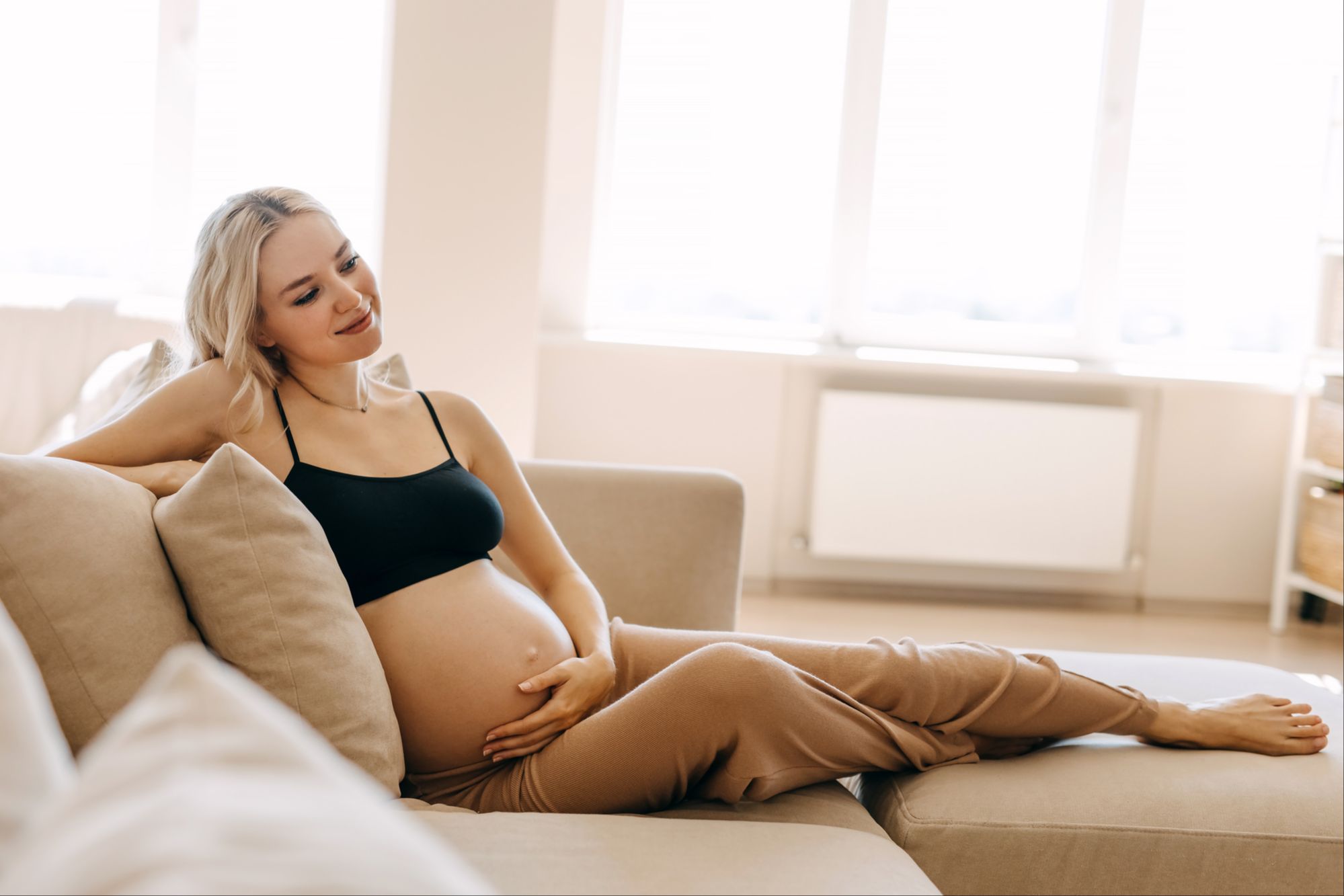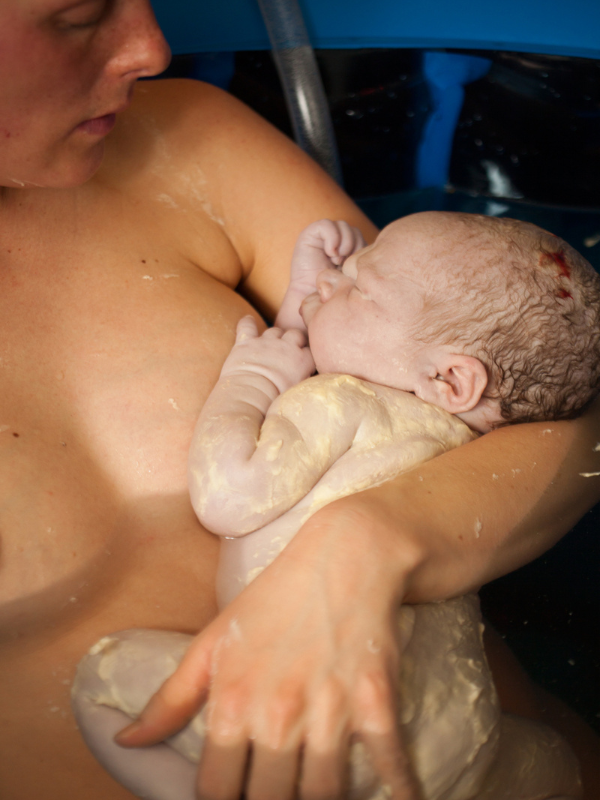
Childbirth Education Using Evidence-Based Tools & Techniques

WE KNOW THE DIFFERENCE THAT QUALITY CHILDBIRTH EDUCATION CAN MAKE ON BIRTH OUTCOMES AND SATISFACTION FOR BOTH PARENTS AND CAREGIVERS. AND THIS ISN'T JUST 'OPINION' - THIS IS BASED ON RESEARCH.
WHAT IS BIRTHCOURSE™?
BirthCourse™ is a unique childbirth preparation course that brings together only evidence-based techniques and practices. The techniques that you learn for your birth in this course have been subjected to a randomised controlled trial which significantly improved outcomes for women and babies (Levett BMJ ref). The qualitative research also said that women and partners found labour easier to manage when they understood the physiology of birth, and they loved having tools to help manage their labour. Midwives said that they found it easier to support women in labour when they understood their own bodies’ hormones. (Levett et al., 2016b Journal of Midwifery).
Birth can be unpredictable, we all know that; however, when parents are well prepared with knowledge and understanding, positive mindset, and tools and techniques; then they are giving themselves and baby the best opportunity for an optimal birth experience.
BirthCourse™ has brought evidence and practice together to create an easy-to-teach course with up-to-date, high-quality teaching resources.

COURSE OUTLINE
Module 1: Mind & body – working together
- The three-legged stool approach to preparing for your best birth
- What does the evidence say?
- Working towards physiological birth
- Understanding how the uterus works
- Our hormones are our helpers – exploring the hormones of pregnancy and birth
- Acknowledging fear
- The Autonomic Nervous System
- How fear can affect labour and birth
- Triggering the relaxation response for a calmer labour
- Healthy habits – mind & body
- Building a positive belief system
- Mindset and language – how they are related
- Pain perception
- Positive birth statements


Module 2: Evidence-based support tools
- Having the right tools for the job
- Facial relaxation
- Breathing techniques (working with our body)
- What do expect during contractions
- Relaxation and visualisation/guided imagery
- Using the relaxation scripts & tracks
- Acupressure techniques for labour, birth and afterwards
- Massage techniques (light, moderate and strong)
- Our support crew – partners and caregivers
- Keeping the birth environment calm
Module 3: Birthing with confidence – tools & knowledge
- Staying active and preparing for birth
- Encouraging optimal position for baby
- Movement and yoga
- Positions for labour and birth (upright positioning)
- Other non-pharmacological pain relief tools – TENS, sterile water injections (SWI), hypnosis, birth comb, water
- Building knowledge - decision making tools
- Birth plans / preferences (with sample)
- The ‘cascade of interventions’
- Pharmacological pain relief options
- Special circumstances – inductions, assisted births, caesarean sections
- Releasing fears through guided relaxation


Module 4: Happy birthing day!
- Making sense of labour and birth – what is physically happening?
- Pathway to a healthy birth
- Stages of labour and birth (what to expect along the way)
- Waters breaking – what, when, where?
- Signs that things are starting
- Common hospital procedures
- Progression of labour and birth
- Medicine as backup
- Meeting baby (skin-to-skin, cord)
- Birthing the placenta
- Start to breastfeeding
- What to expect the days and weeks after birthing
- ‘Support Tools’ practical activity

